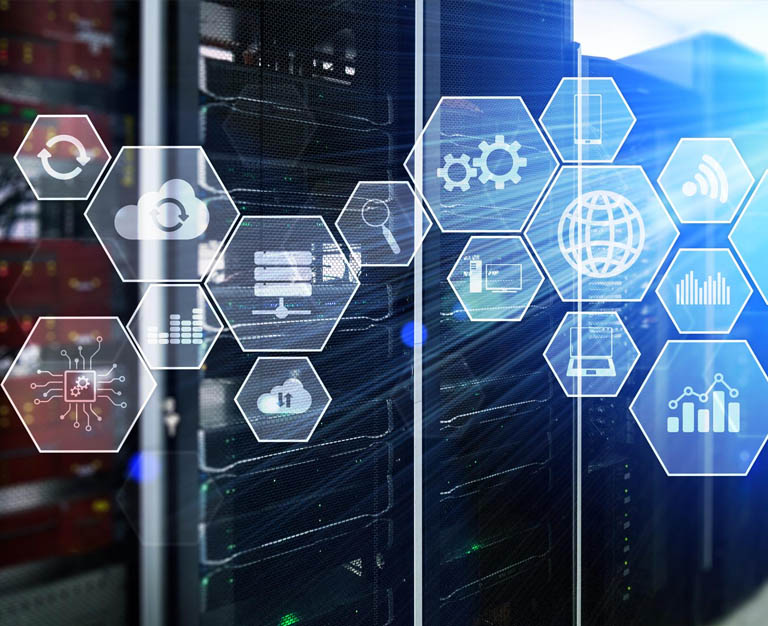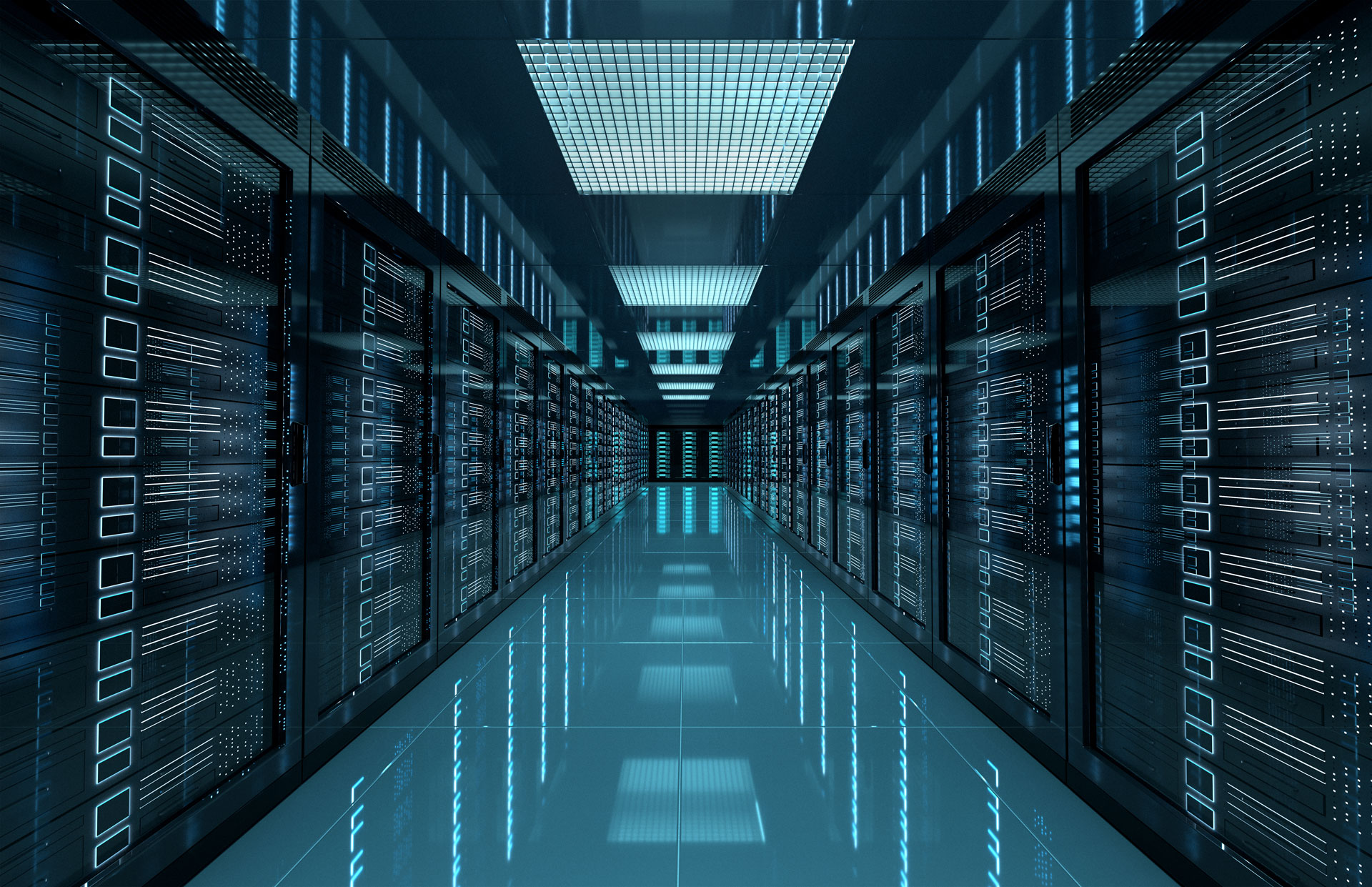IT Infrastructure or Information technology infrastructure refers to the overlapping set of technologies and components necessary to run and manage enterprise IT services and IT architecture.
IT Infrastructure
IT infrastructure solutions in Dubai
IT infrastructure in Dubai and the Middle East is gaining a growing reputation for taking on a more and more prominent role. This is because it enables companies to innovate and adapt quickly to changing business and technology environments. As technology advances at an extraordinary rate, security becomes increasingly imperative.
With OSI Infotech IT infrastructure solutions in Dubai, you can improve your IT infrastructure’s performance and make it an asset. Using traditional servers and storage, hyper-converged platforms, cloud migration and transformation, virtualization, wireless connectivity, storage, and backup, we can help you define a strategy, plan, implement and support the comprehensive IT infrastructure you need.

Our extensive experience in installing complex IT infrastructure architecture for major businesses, such as Real Estate, Property, Retail, Transport, Finance, Construction, Legal, FMCG, Education, hospitality, and Manufacturing, assures us that we will deliver technologically advanced solutions to enable businesses to achieve more.

Leading IT Infrastructure Company in Dubai
Our team of IT infrastructure experts have been providing IT infrastructure solutions to businesses and government institutions for over 20 years in Dubai, the United Arab Emirates, and other Middle Eastern countries. Based on our strong relationships with leading tech giants such as Microsoft, Intel, Cisco, HP, Aruba, and VMware, we can design and implement a technology solution that meets your needs.
- Traditional multi-tier and Hyper-Converged server
- Storage and Backup technologies
- Public and private Cloud transformation
- Virtualization Solutions
- Datacenter Solution
- Network and wireless Solution

In what ways does IT infrastructure function?
Hardware and software make up the two core components of IT infrastructure, and they are interdependent. Software, such as an operating system, is necessary for hardware to function. Similarly, an operating system manages the hardware and resources of a computer system. Further, operating systems use networking components to connect software applications and physical resources.
There are several types of hardware components, including:
• Workstation & Server
• Server Virtualization
• Data centers solutions
• Hubs Tools
• Routers & Switches
• Data Cable and Connectors
• Server room
There are several types of software components, including:
• Customer Experience (CX)
• Enterprise resource planning (ERP)
• Customer relationship management (CRM)
• Content management systems (CMS)
• Operating Systems (OS)
• Cloud servers
• E-Commerce Store
• Online Portal / Web Portal
• Server/Desktop patches